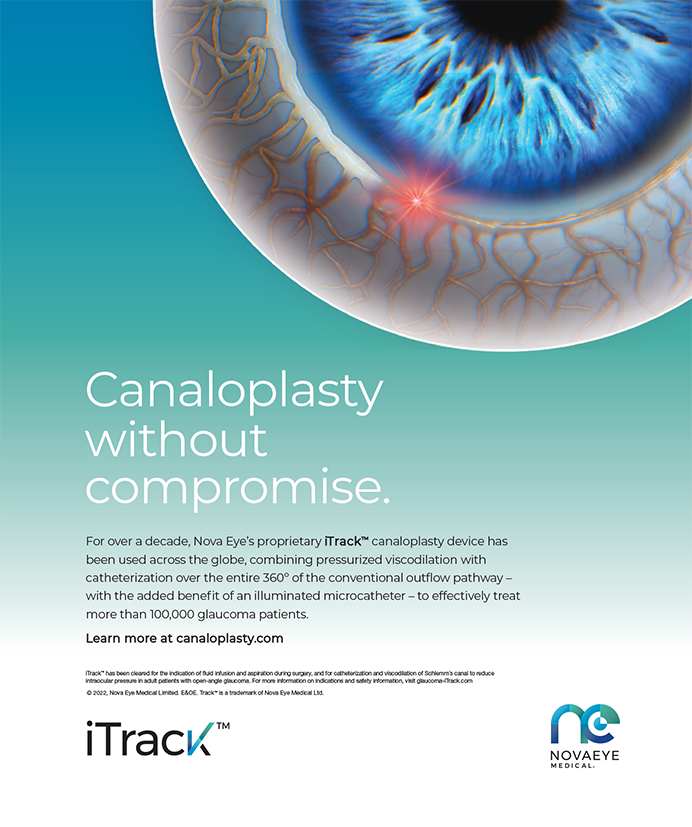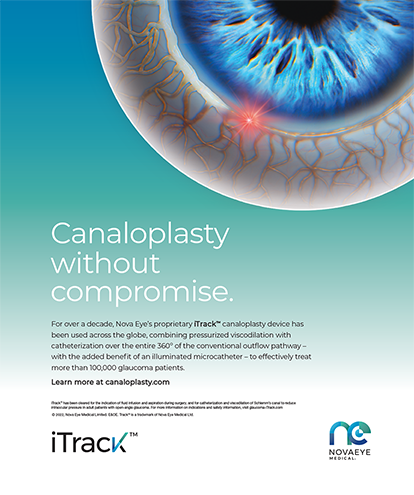Wavefront technology has progressed from astrophysics to ophthalmology, generating considerable excitement for the possibility of applying the technology for custom wavefront-guided excimer laser corneal ablations. Incorporating higher-order aberrations may potentially improve both the quality and possibly the quantity of the vision after excimer laser treatment. We organized a multicenter group to study the effectiveness and safety of wavefront-guided treatments in normal eyes using the VISX® (Santa Clara, CA) WaveScan™ and Star S3™ platform.
Our design included incorporating the wavescan-guided ablation of both the lower- and higher-order terms in our treatments. All patients underwent bilateral, customized treatment without any adjustment for the nomogram. All eyes were targeted for emmetropia without consideration of monovision. The early follow-up data assessing the results at 1 day and 1 week were collected.
The study population profile included 60 eyes with the mean sphere of -3 D with a range from -8 D to -6 D; the mean cylinder of +.4 D with a range of 0 to +2.8 D; and the mean spherical equivalent of -2.8 D with a range of -.8 D to -6 D, indicating low-to-moderate myopia with low-to-moderate astigmatism.
We analyzed our postoperative results studying the uncorrected visual acuity (UCVA) at 1 day and 1 week, and we compared the preoperative best-corrected visual acuity (BCVA) with the 1-week UCVA, as well as analyzed autorefractive outcomes. Our results are shown in Figure 1, and in examining UCVA at 1 day and 1 week, the results are very similar. A very high percentage of eyes (86%) achieved 20/20 vision or better, both at 1 day and at 1 week, and almost 70% of the patients achieved 20/16 vision or better.
In comparing the preoperative best spectacle-corrected visual acuity (BSCVA) to the postoperative UCVA in the 50 eyes in which we have the follow-up results, at the 1-week visit, 72% of the patients had a postoperative UCVA that was the same or better than their preoperative BSCVA. More than half of the patients had a postoperative UCVA actually better than their preoperative BSCVA.
Analyzing the change in BSCVA at 1 week, 84% of the eyes had either the same or better BSCVA, and it was very gratifying that no eye lost two or more lines of BSCVA, and no eye had a postoperative BSCVA worse than 20/20.In summary, with the wavefront-guided custom ablation profile, there were a high percentage of patients who achieved a UCVA of 20/20 or better. The safety profile is very encouraging, with no eye having a BSCVA worse than 20/20. Additionally, there have been no adverse events in the early period.These results indicate that in using this type of technique, we can achieve a one-step wavefront correction for the majority of patients.
Terrence P. O'Brien, MD, is an Associate Professor of Ophthalmology at the Wilmer Ophthalmological Institute of Johns Hopkins University School of Medicine as Director, Refractive Eye Surgery, and Director, Ocular Infectious Diseases. Dr. O'Brien may be reached via fax at (410) 583-2842; tobrien@jhmi.edu. Material extracted from the VISX Refractive Society Symposium at the AAO in New Orleans, November 11, 2001. Dr. O'Brien is an investigator with the VISX custom wavefront ablation study group, but has no other direct financial or proprietary interest.

